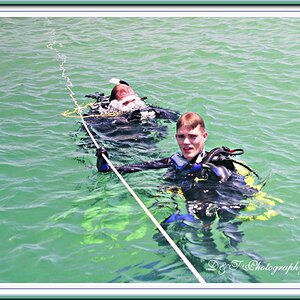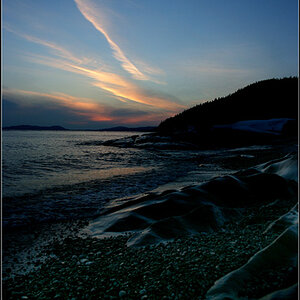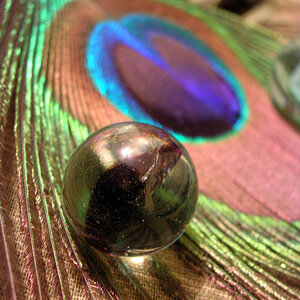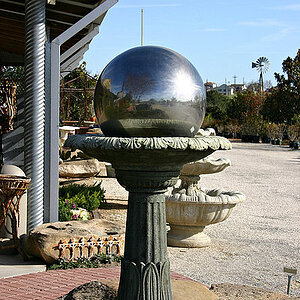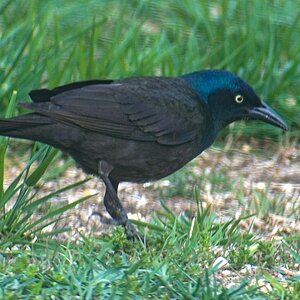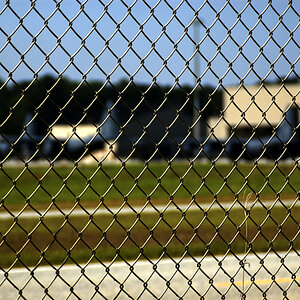Navigation
Install the app
How to install the app on iOS
Follow along with the video below to see how to install our site as a web app on your home screen.

Note: This feature currently requires accessing the site using the built-in Safari browser.
More options
You are using an out of date browser. It may not display this or other websites correctly.
You should upgrade or use an alternative browser.
You should upgrade or use an alternative browser.
Shooting the Milky Way on film?
dxqcanada
Been spending a lot of time on here!
- Joined
- Dec 4, 2008
- Messages
- 7,821
- Reaction score
- 1,673
- Location
- Woodbridge, Ontario, Canada
- Can others edit my Photos
- Photos OK to edit
Yes, believe it or not, we used to shoot everything with film ... Astrophotography Basics: Tech Pub P-150: Getting Started
OK, not trying to sound condescending ... but it was hard to resist the reply.
There are aspects of long exposures that will be noted on the film data sheet, so depending on the shutter speed you may have to make an adjustment.
Personally, I have never really tried to do astrophotography ... though I always wanted to, in the back of my mind.
There should still be numerous resources on the web for film shooters ... ex. Simple Astrophotography For Beginners - Easy Astrophotography Tips
OK, not trying to sound condescending ... but it was hard to resist the reply.
There are aspects of long exposures that will be noted on the film data sheet, so depending on the shutter speed you may have to make an adjustment.
Personally, I have never really tried to do astrophotography ... though I always wanted to, in the back of my mind.
There should still be numerous resources on the web for film shooters ... ex. Simple Astrophotography For Beginners - Easy Astrophotography Tips
TCampbell
Been spending a lot of time on here!
- Joined
- Mar 31, 2012
- Messages
- 3,614
- Reaction score
- 1,556
- Location
- Dearborn, MI
- Can others edit my Photos
- Photos OK to edit
Exposure may be difficult without a tracker. In the pre-digital days the common film speeds would get you up to ISO 400. I recall Kodak having a 1000 speed film for a while (it's gone now). But Milky Way images are often shot at, say, ISO 1600. ISO 800 would be perhaps a bit low (but I'm sure you could find examples.)
You have a limited amount of time before the rotation of the Earth makes the stars begin to grow trails.
On a full-frame (35mm) you'd divide 600 by the focal length of the lens -- and many people use 500 instead of 600 to be a bit more conservative. A wide lens is helpful for more time, but a low focal ratio lens might even be more important to allow the film to collect more light.
I haven't purchased film in a few years. I see numerous 800 ASA film choices. I see you can get 3200 ASA (Ilford Delta) B&W film. High ASA film is typically very grainy. Here's a flickr group pool with examples: ILFORD DELTA 3200 Professional Black and White Film
Are you planning to do your own developing and printing (do you have access to a darkroom?) or are you planning to send it in for processing? I ask because Milky Way images (digital) typically have their histograms "stretched" to bring out detail that isn't so easily spotted in the native "out of the camera" exposure. There's a lot of post processing that goes into astrophotos. This is much easier to do in software then it is to do in a darkroom. But if you send it out to a lab then there's just going to do fairly straight printing and you won't have that level of control.
You have a limited amount of time before the rotation of the Earth makes the stars begin to grow trails.
On a full-frame (35mm) you'd divide 600 by the focal length of the lens -- and many people use 500 instead of 600 to be a bit more conservative. A wide lens is helpful for more time, but a low focal ratio lens might even be more important to allow the film to collect more light.
I haven't purchased film in a few years. I see numerous 800 ASA film choices. I see you can get 3200 ASA (Ilford Delta) B&W film. High ASA film is typically very grainy. Here's a flickr group pool with examples: ILFORD DELTA 3200 Professional Black and White Film
Are you planning to do your own developing and printing (do you have access to a darkroom?) or are you planning to send it in for processing? I ask because Milky Way images (digital) typically have their histograms "stretched" to bring out detail that isn't so easily spotted in the native "out of the camera" exposure. There's a lot of post processing that goes into astrophotos. This is much easier to do in software then it is to do in a darkroom. But if you send it out to a lab then there's just going to do fairly straight printing and you won't have that level of control.
crisgil24
TPF Noob!
- Joined
- Jul 15, 2016
- Messages
- 10
- Reaction score
- 0
- Can others edit my Photos
- Photos NOT OK to edit
Yes, believe it or not, we used to shoot everything with film ... Astrophotography Basics: Tech Pub P-150: Getting Started
OK, not trying to sound condescending ... but it was hard to resist the reply.
There are aspects of long exposures that will be noted on the film data sheet, so depending on the shutter speed you may have to make an adjustment.
Personally, I have never really tried to do astrophotography ... though I always wanted to, in the back of my mind.
There should still be numerous resources on the web for film shooters ... ex. Simple Astrophotography For Beginners - Easy Astrophotography Tips
crisgil24
TPF Noob!
- Joined
- Jul 15, 2016
- Messages
- 10
- Reaction score
- 0
- Can others edit my Photos
- Photos NOT OK to edit
Exposure may be difficult without a tracker. In the pre-digital days the common film speeds would get you up to ISO 400. I recall Kodak having a 1000 speed film for a while (it's gone now). But Milky Way images are often shot at, say, ISO 1600. ISO 800 would be perhaps a bit low (but I'm sure you could find examples.)
You have a limited amount of time before the rotation of the Earth makes the stars begin to grow trails.
On a full-frame (35mm) you'd divide 600 by the focal length of the lens -- and many people use 500 instead of 600 to be a bit more conservative. A wide lens is helpful for more time, but a low focal ratio lens might even be more important to allow the film to collect more light.
I haven't purchased film in a few years. I see numerous 800 ASA film choices. I see you can get 3200 ASA (Ilford Delta) B&W film. High ASA film is typically very grainy. Here's a flickr group pool with examples: ILFORD DELTA 3200 Professional Black and White Film
Are you planning to do your own developing and printing (do you have access to a darkroom?) or are you planning to send it in for processing? I ask because Milky Way images (digital) typically have their histograms "stretched" to bring out detail that isn't so easily spotted in the native "out of the camera" exposure. There's a lot of post processing that goes into astrophotos. This is much easier to do in software then it is to do in a darkroom. But if you send it out to a lab then there's just going to do fairly straight printing and you won't have that level of control.
crisgil24
TPF Noob!
- Joined
- Jul 15, 2016
- Messages
- 10
- Reaction score
- 0
- Can others edit my Photos
- Photos NOT OK to edit
No I don't have access to a darkroom or any knowledge of how to process the film myself but where I was in Yellowstone the Milky was visible to the naked eye unless I was seeing clouds. Thanks for the info much appreciated

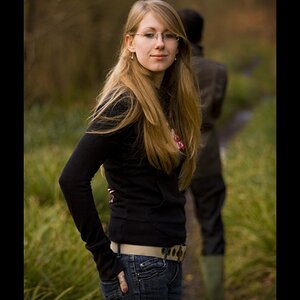


![[No title]](/data/xfmg/thumbnail/37/37100-48f2853fd9bcaf95edec62ff0be19ad3.jpg?1619737881)

